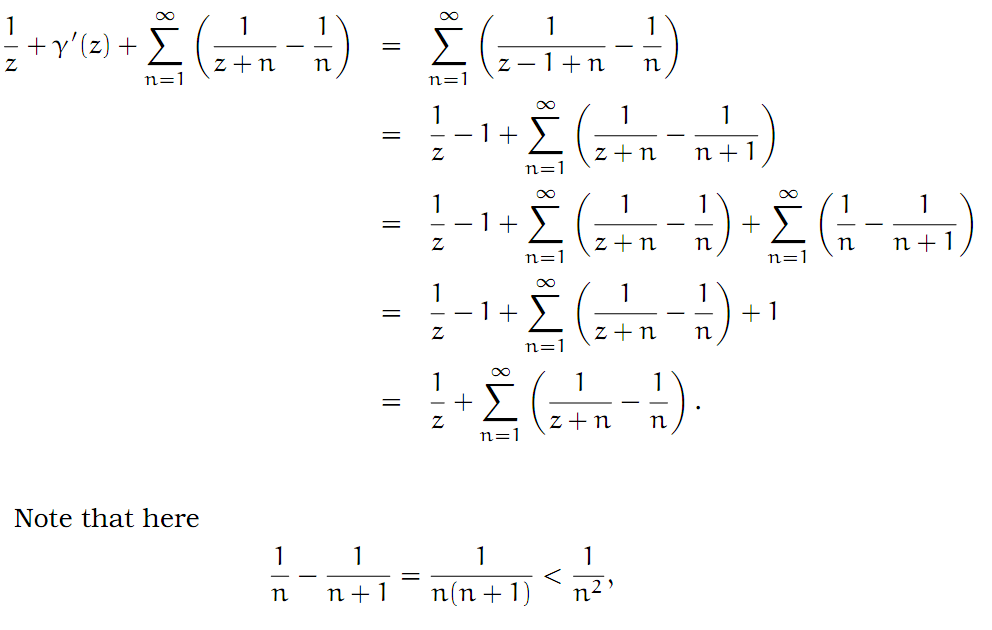

First, we will derive the equation for a specific case (the natural log, where the base is e), and then we will work to generalize it for any logarithm. Hence, arctanz 1 2i ln i z i+z Since the complex logarithm is a multi-valued function, it follows that the arctangent function is also a multi-valued function. Here, we will cover derivatives of logarithmic functions. Taking the complex logarithm of both sides of the equation, we can solve for w, w 1 2i ln i z i+z. logarithm: the exponent by which another fixed value, the base, must be raised to produce that number.Properties of the logarithm can be used to to differentiate more difficult functions, such as products with many terms, quotients of composed functions, or functions with variable or function exponents.I'm having troubles finding a starting point for n, and then integrating my induction hypothesis into my additive step. Consider the complex function, where b is a real constant. Note that the above notation is directly the logarithmic derivative of my defined function P(z). If w(t) f(t) + ig(t), with f and g real functions, then w'(t) f'(t) + ig'(t). The general form of the derivative of a logarithmic function can be derived from the derivative of a natural logarithmic function. Differentiating complex exponentials We can differentiate complex functions of a real parameter in the same way as we do real functions.We will start by introducing the complex plane, along with the algebra and geometry of complex numbers, and then we will make our way via differentiation, integration, complex dynamics, power series. A function f that has an inverse is called invertible the inverse function is then uniquely determined by f and is denoted by f^. This course provides an introduction to complex analysis which is the theory of complex functions of a complex variable.Keeping this in mind, we have the following basic theorem.


If an input x into the function f produces an output y, then putting y into the inverse function g produces the output x, and vice versa (i.e., f(x)=y, and g(y)=x). of the logarithm function is esentially because 1z, which would be the derivative of a holomorphic logarithm function, does not integrate out to zero around curves that contain the origin in the interior.

z zz To define a unique derivative at a point, the limit must exist at must be independent of the direction o f at. Milnor, "Toplogy from the differentiable viewpoint", Univ. Derivative of a function of a complex va riable: z z zz +. Ahlfors, "Complex analysis", McGraw-Hill (1979) pp. Yuzhakov, "Integral representations and residues in multidimensional complex analysis", Transl. If Arg(z) with <, then z and w can be written as follows z rei and w u + iv. Burchel, "An introduction to classical complex analysis", 1, Acad. We would like to solve for w, the equation ew z. If f and g are complex-differentiable at z, the derivative of f + g at z exists and (f + g) (z) f (z) + g (z), the derivative of f × g at z exists and (f × g) (z) f (z) × g(z) + f(z) × g (z). Times the boundary of a ball centred at the point (cf. Let f: A C and g: A C with A C and let z an interior point of A. Such that the surface is homologous to $ N $ In higher dimensions, the index of a point with respect to a closed surface may be defined as the number $ N $


 0 kommentar(er)
0 kommentar(er)
